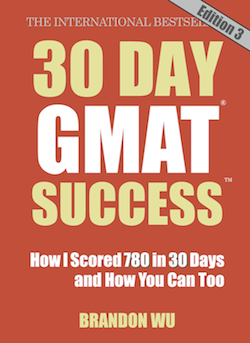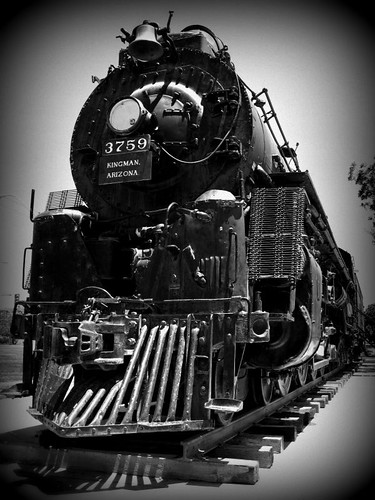If Two Trains Leave their Stations at the Same Time…
It’s the dreaded train question! We all remember this one from elementary school…the trains leave at the same time travelling towards each other but at different rates. What time do they meet?
And here it is again in the GMAT Official Guide (13th Edition), on page 284, question 108. Only this time, it’s a data sufficiency question which means that you don’t actually have to solve it. Let’s think about the elements in a rate problem. The formula is:
Distance = Rate Time
So if you travel 100 miles and the trip takes 2 hours, you were traveling at an average speed of 50 miles per hour. But the word average is the key to the whole question. You have probably driven 100 miles before. Think about that trip. Is it possible to drive 50 miles per hour the entire way? Absolutely not. Even if you are on a closed race track, you still need to speed up from 0 miles an hour at the beginning and apply the brakes at the end. And of course in the real world there are stop lights and school zones and turns to be made. An exact speed at an exact time is not part of the distance formula.
Now, let’s look at the question: At what speed was a train traveling on a trip when it had completed half the total distance of the trip? There is no way to answer this question unless one of the statements specifically says This is the exact speed the train was travelling at the exact second it reached the halfway mark. Since the statements don’t do so, the question is not solvable and the answer is E.
Compare that question to number 106 on the same page. The elements in this question are time and rate. These elements are part of the distance formula. We know from the question stem that the cars are 1 mile apart. We know from statement 1 that Car X pulls an additional 10 miles ahead of Car Y every 60 minutes, so to gain just an additional 1 mile would require 6 minutes. Statement 1 is sufficient. We know from statement 2 that every 3 minutes, Car X gains one half mile on Car Y. So to gain a full mile would take 6 minutes, which corroborates what we learned in statement 1. Therefore, both statements are sufficient and the answer is D. All of the elements needed to solve this question are part of the distance formula, which makes this question much more likely to be solvable than was question 108.
By looking carefully at the word choices used in the question and comparing that information to what is needed to answer a question, we can sometimes save ourselves a lot of work and time by realizing that the two are incompatible.
Image courtesy of Candie_N with Creative Commons License


Comments